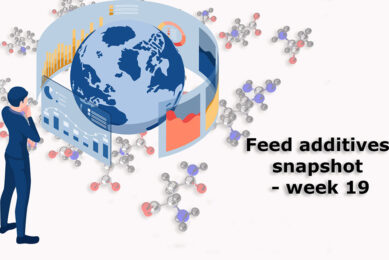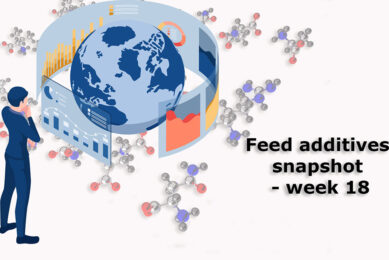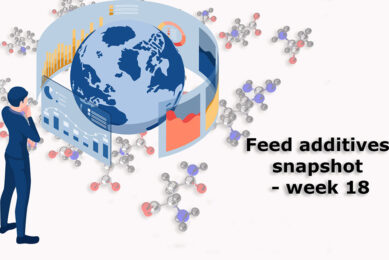Value of whey increases, so does the price
The price of whey, a dairy by product used as fertilizer and as an ingredient in many other foods, has soared to record highs as a result from more global demand and less supplies. “If you are a dairy farmer, you are delighted. If you are a consumer it’s going to hurt a little,” said Bruce Jones, an economics professor at the University of Wisconsin-Madison.
Alto Dairy, a
113-year-old farmers’ cooperative in Waupun, produces about 80 million pounds of
whey annually at its cheese plant. Years ago, whey didn’t have much value and
was spread on farm fields as fertilizer. Now, at about 79 cents a pound, it’s
valuable both as animal feed and as a food ingredient exported globally. “We are
seeing a huge export demand for whey,” said Karen Endres, Alto Dairy
spokeswoman.
Impact of dairy industry
In Wisconsin, the
economic impact of dairy farming is more than twice as large as the citrus
industry’s impact in Florida. Dairy farming contributes roughly $20.6 billion a
year to the state’s economy and employs 160,000 people, according to industry
figures.
The prices that processors pay farmers for their milk are expected
to rise significantly this year, following a down year in 2006. Whey, as part of
a federal milk pricing formula, is contributing to the increases.
Whey
for other purposes
Wisconsin cheese plants with the equipment to process
whey currently get about 79 cents a pound for it. That’s nearly three times
higher than the five-year average price. But, unlike Alto Dairy, many plants
don’t have whey-processing equipment because they don’t produce enough of the by
product to justify the costs.
Alto plans to shut down a plant in Black
Creek that uses whey for animal feed and, instead, will sell the whey for other
purposes. Nearly all of the plant’s 12 employees will be transferred to other
jobs in the cooperative.
Click here to receive the latest animal feed news!
Source: jsonline.com










